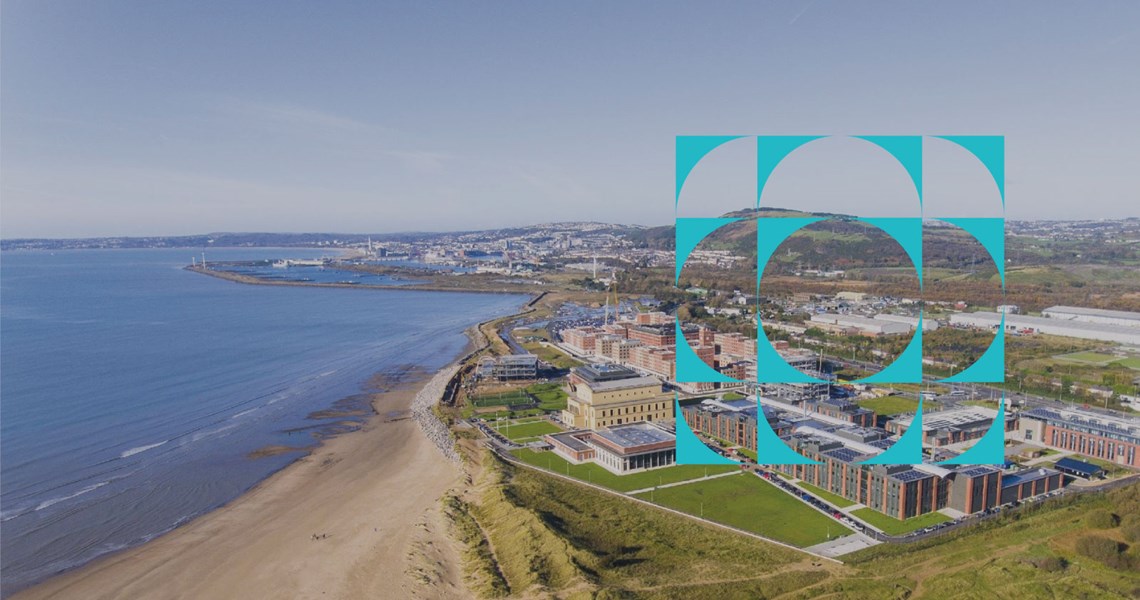Social Identity Mapping and Identity Change in Postgraduate international students
Tuesday, April 4, 2023 10:00 AM - 10:45 AM
If you are a registered delegate, please login to view the full session information and resources
Session Outline
In 2020, we presented on using SIM in personal tutorials, and this was published in The Personal Tutor’s Companion. Since this exploratory project, we have focused on international postgraduate students and how they can use SIMIC (Social Identity Mapping and Identity Change (Cruwys et al, 2016: Ng et al, 2018)) to surface ideas around their identity and help with goal setting. The idea of social identity was introduced by Tajfel (1974) to consider how people see themselves in intergroup contexts and how that defines their position in society. A person’s social identity recognises that who they are is partly determined by group memberships which internalise into values, beliefs and norms or behaviour (Tajfel, 1974). When someone experiences a sense of identity within a group, they are more inclined to both give and receive support and help from that group. According to Ng et al (2018), this then leads to a sense of acceptance and self-worth. By surfacing learner existing and nascent group associations, PTs can explore with students if there is a capacity to coordinate and engage in managing that environment. This can be particularly important for an international student, whose values and norms can be different from those in the new groups they will encounter at university, and this can lead to both negative and positive feelings. For this reason, we focused our next work on this lived experience of international postgraduate students.
The student activities involve the students identifying the different groups they are a part of and how much that helps or hinders their studies. We interviewed six international postgraduate students in depth on their engagement with the process of creating their social identity map and thinking about their identity change. The interviewees were introduced to SIM and worked through the construction of their map with the interviewer. A conversation then followed based on semi-structured questions following the advice of Sfard and Prusak (2005) with a focus upon the personal pronouns selected and used to discuss their SIM with our focus on the contribution of the outcome of SIM to understanding and raising awareness of identity transition in HE.
For some students, this resulted in action planning in order to become the professional person they desired to be. We explore how SIM can be used in one-to-one meetings with students to help international students cope with the changes they face, by offering a learner tool to support their empowerment across the duration of their studies.
We discuss:
- Background around Social Identity Mapping and previous pilot study
- Qualitative data gathered from student interviews
- Evaluation of data/activities
Key learning points: how SIM can be used specifically to aid international student transition, how students can benefit from surfacing ideas around their identity, how this can aid tutors and students to create effective action plans.
Competencies
This session addresses the following competencies of the UKAT Professional Framework for Advising and Tutoring
I5 - The characteristics, needs, and experiences of major and emerging student populations
P1 - Create and support environments that consider the needs and perspectives of students, and respect individual learners
P2 - Appreciate students’ views and cultures, maintain a student-centred approach and mindset, and treat students with sensitivity and fairness
